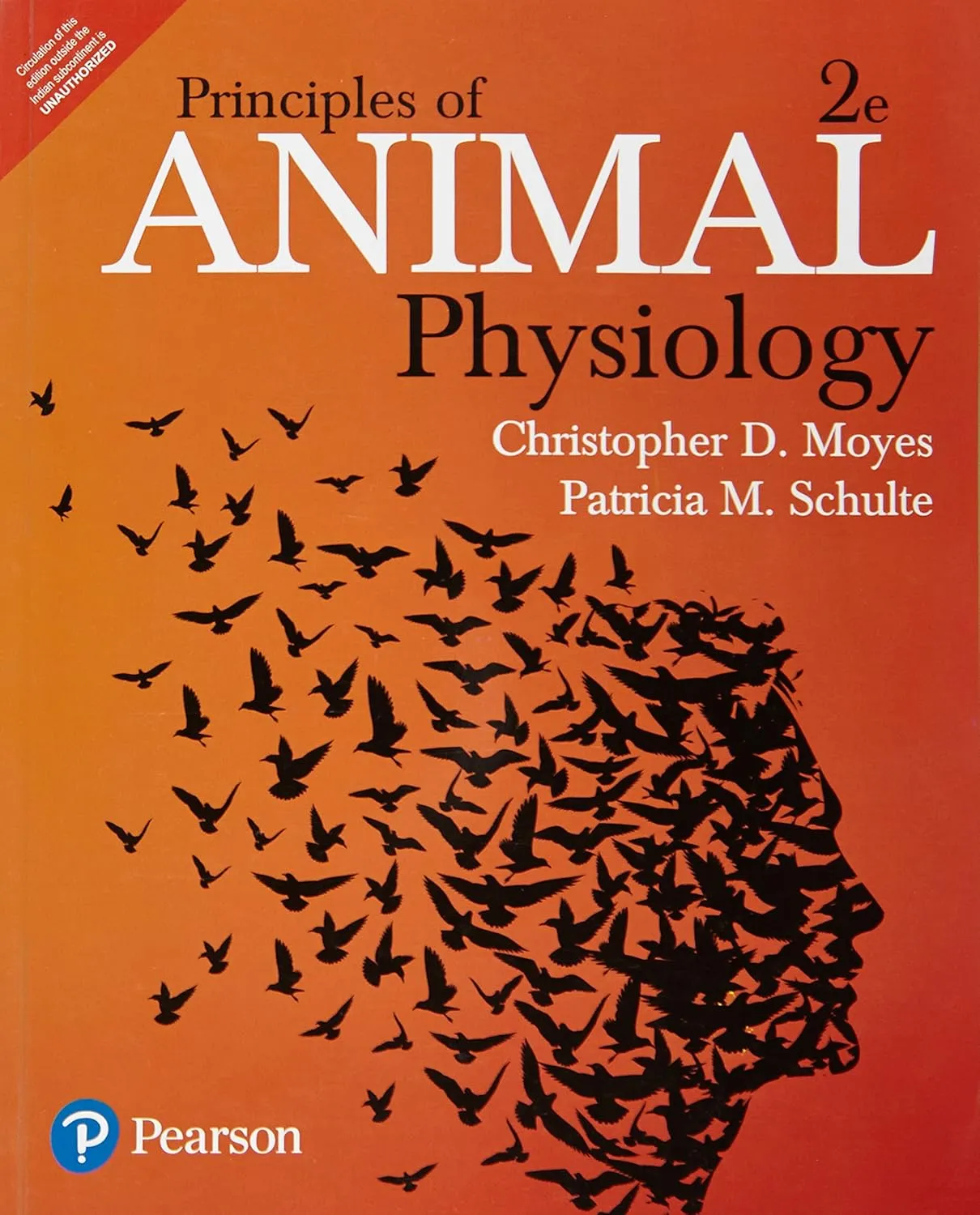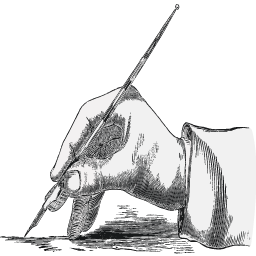Home
|
Products
|
9789356962026

Principles of Animal Physiology | 2nd Edition | Paperback
by Moyes
Highlights

9789332577473
ISBN

Moyes
Author

768
Pages

986 gm
Weight

English
Language

2016
Year

2nd Edition
Edition

Paperback
Binding
₹719
₹799
Principles of Animal Physiology, Second Edition continues to set a new standard for animal physiology textbooks with its focus on animal diversity, its modern approach and clear foundation in molecular and cell biology, its concrete examples throughout and its fully integrated coverage of the endocrine system. Carefully designed, full-color artwork guides students through complex systems and processes while in-text pedagogical tools help them learn and remember the material. The book includes the most up-to-date research on animal genetics and genomics, methods and models and offers a diverse range of vertebrate and invertebrate examples, with a student-friendly writing style that is consistently clear and engaging. Christopher Moyes and Patricia Schulte present animal physiology in a current, balanced and accessible way that emphasizes the integration of physiological systems, an overarching evolutionary theme and thorough coverage of the cellular and molecular basis of animal physiology. Features: An emphasis on animal diversity and evolution highlights the diversity of physiological processes in animals and places this diversity in its evolutionary context. Evolution and Diversity boxes link chapter content to the overarching theme of evolution. Several chapter-opening essays provide additional evolutionary context. Unique animal examples are drawn from both vertebrates and invertebrates for a varied representation of organisms. Consistent attention to evolution emphasizes the importance of this process. The integrative nature of animal physiology is shown through the integration of all levels of biological organization from molecules to cells to organisms. Integrating Systems special sections at the end of each chapter in Part II describe how functions of specific physiological systems interact with other systems to meet environmental challenges. Genetics and Genomics boxes examine the latest genetic research, especially as it relates to the evolution of animal physiological systems. Mathematical Underpinnings boxes allow students to read about the physics and mathematics underlying physiology without losing the thread of the narrative or getting bogged down in equations and quantitative material. The endocrine system is discussed in relation to each organ system in the Part II chapters to show its integrated role in regulating each organ system. The dynamic nature of animal physiology is highlighted to show students that physiology is a dynamic and growing research area and has medical, agricultural or environmental applications. Methods and Model Systems boxes discuss experimentation and the use of model systems in animal physiology. Applications boxes show students how animal physiology is relevant to a variety of fields. Thorough, up-to-date coverage of the cellular and molecular basis of physiology provides a solid introduction to recent research developments. Promoting effective learning is a key goal of the text, with several methods to help students get the most out of the course. New! Concept check questions appear throughout each chapter. Answers can be found on the texts Companion Website. End-of-chapter Review, Synthesis and Quantitative (NEW!) Questions provide increasingly sophisticated and challenging ways for students to test their comprehension of important concepts. Answers can be found on the texts Companion Website. Overview figures begin each chapter, helping encapsulate the key concepts of the chapter and providing a guide for review and self-study. Sentence-format headings enhance student comprehension and allow for efficient review. Clear and engaging writing style captures students attention and makes complex physiological concepts and processes easy to understand. Self-contained chapter reviewing chemistry, biochemistry and cell physiology can be assigned or covered in class to address the needs of students with varying levels of science background. Superior, innovative art program facilitates learning by guiding students through complex physiological systems and functions. Anatomical art is used extensively to improve understanding of physiological processes in context. Flowcharts help students understand the dynamic and multilayered nature of physiological processes. Stepped art figures break complex processes into steps for greater comprehension. Contents: Part I. The Cellular Basis of Animal Physiology 1. Introduction to Physiological Principles 2. Chemistry, Biochemistry and Cell Physiology 3. Cell Signaling and Endocrine Regulation 4. Neuron Structure and Function 5. Cellular Movement and Muscles Part II. Integrating Physiological Systems 6. Sensory Systems 7. Functional Organization of Nervous Systems 8. Circulatory Systems 9. Respiratory Systems 10. Ion and Water Balance 11. Digestion 12. Locomotion 13. Thermal Physiology 14. Reproduction
Online store of medical books
Discover a comprehensive range of medical books at our online store. From anatomy and physiology to the latest clinical guidelines, we've got you covered.
Trusted by students, educators, and healthcare professionals worldwide. Browse top publishers and expert-authored titles in every medical specialty. Enjoy fast shipping, secure payments, and easy returns. Your one-stop destination for quality medical knowledge at your fingertips.
Whether you're preparing for exams or expanding your clinical expertise, our curated collection ensures you have the right resources at hand. Dive into detailed illustrations, case studies, and up-to-date research that enhance your understanding and practical skills.
We regularly update our inventory to include the latest editions and newly released titles, helping you stay current in the ever-evolving medical field. Our advanced search and filtering tools make finding the perfect book quick and hassle-free.
Join our community of lifelong learners and medical enthusiasts. Sign up for exclusive discounts, early access to new arrivals, and personalized book recommendations tailored to your professional interests.
